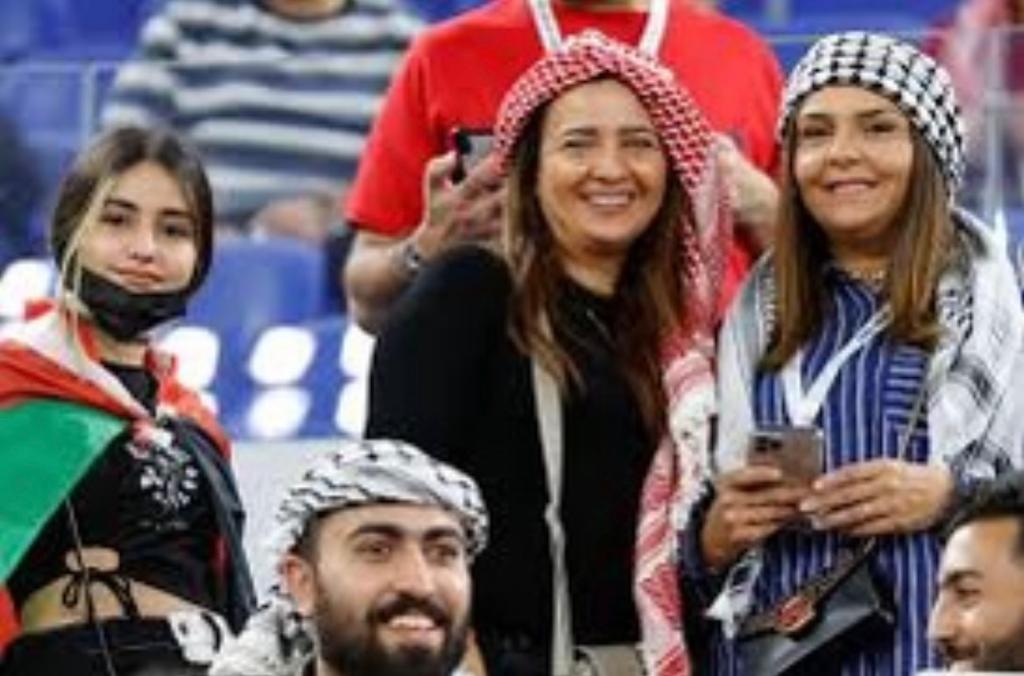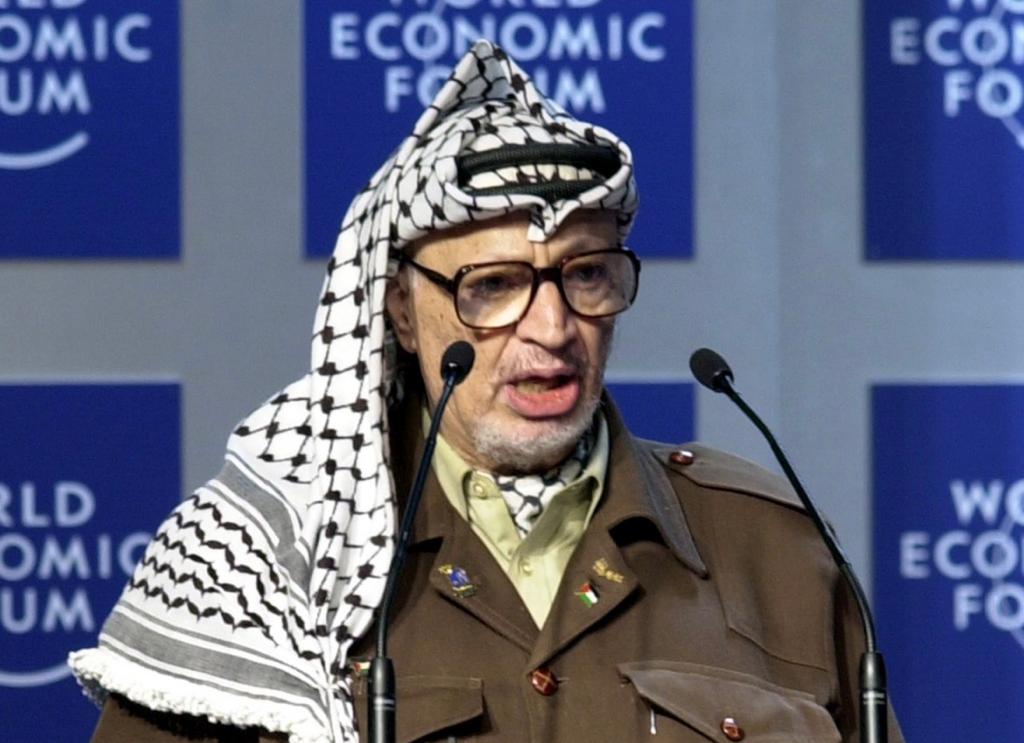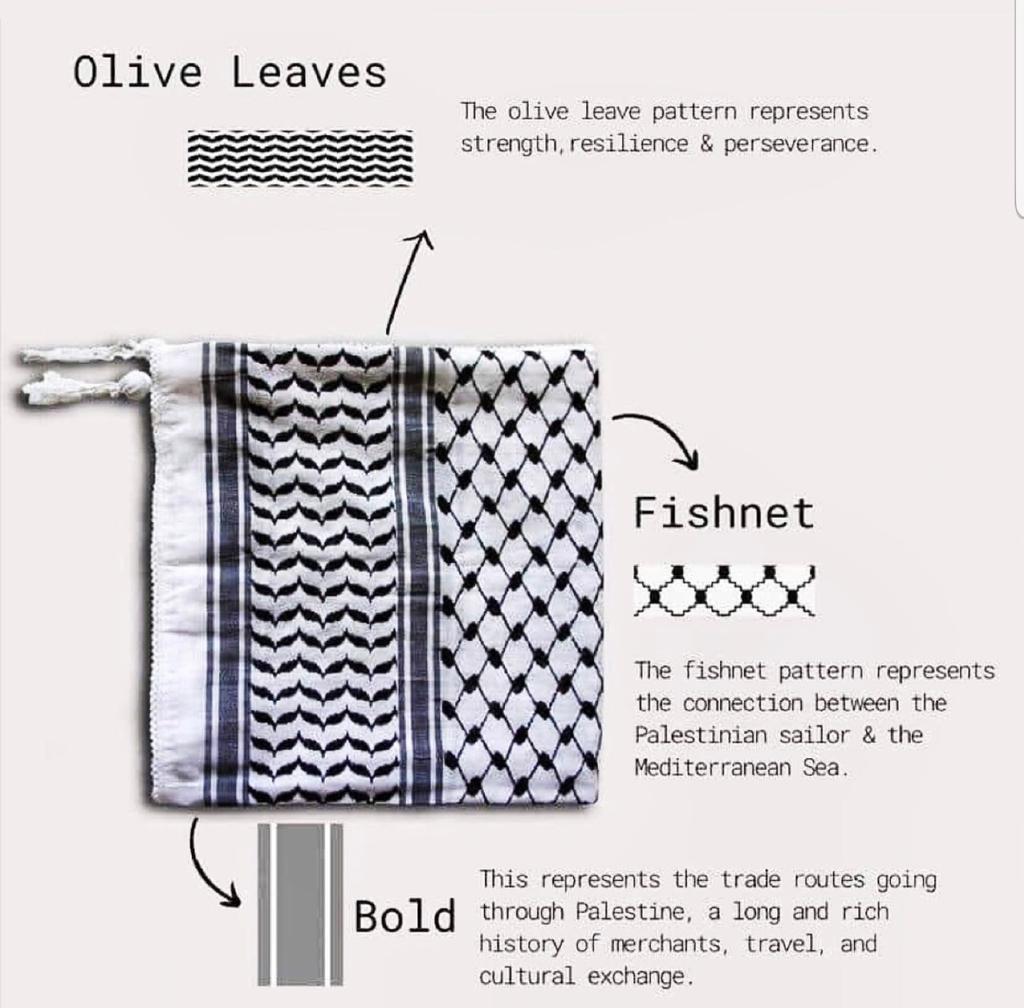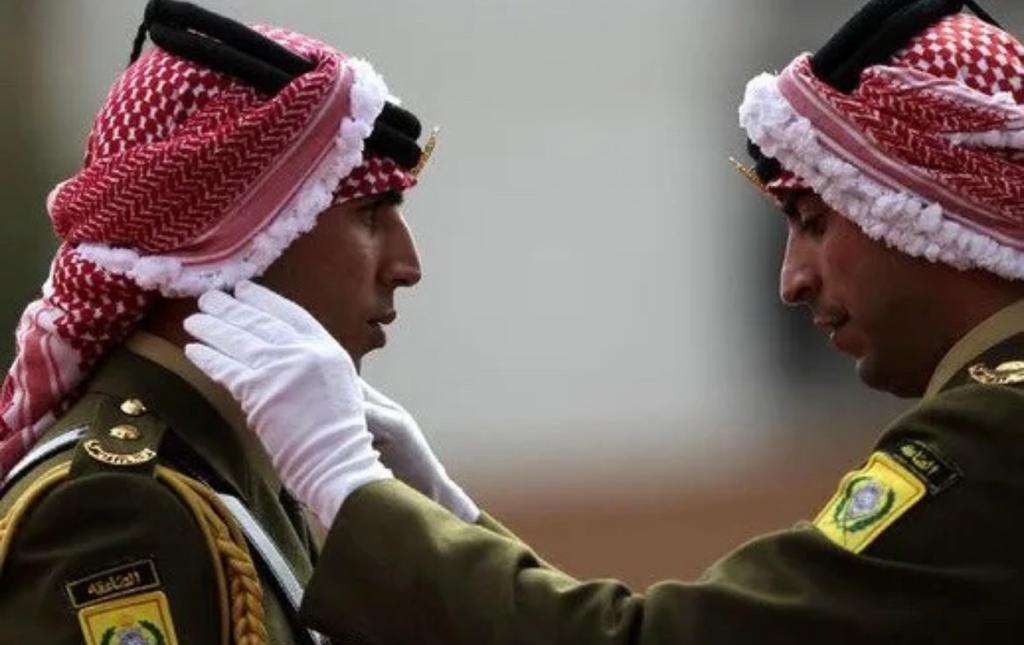The Palestinian Keffiyeh and The Jordanian Shemagh

Photo: Samanews
By: Eman El-Ajlouni / Arab America Contributing Writer
In the Middle East, the traditional and iconic head coverings known as the Palestinian keffiyeh and the Jordanian shemagh have become significant symbols and representation of identity, culture, and resistance. They have moved beyond their utilitarian origins as head protection against the harsh winter and summer weather while farming. These customary clothing items have great cultural importance in addition to being useful. We’ll explore the background, cultural relevance, and modern importance of the Jordanian shemagh and the Palestinian keffiyeh in this piece.
The Palestinian Keffiyeh

Similar to the country’s flag, the Palestinian keffiyeh, sometimes referred to as the kufiyeh or shemagh in certain areas, has come to represent the struggle, resistance, and significance of the Palestinian cause. It is a cotton scarf in the shape of a square that has been decorated with a particular pattern of black knit lines on a white background. These knit lines on the keffiyeh symbolize significant symbols of Palestinian identity, like olive branches and the fishing net. Its origin goes back to the early 1900s when it was first intended for Bedouins and farmers to keep themselves warm in the summer and keep out of the cold in the winter.
Sociocultural significance
Symbol of Palestinian Identity
The Palestinian keffiyeh has developed into a powerful symbol and representation of resistance and identity. Notable emblems of Palestinian identity include the fishing net and olive branches, which represent the link that Palestinian sailors have with the sea, as well as the keffiyeh’s recognizable square design and woven lines. The wide or thin line is frequently seen as a symbol of the Palestinian identity as it symbolizes the meeting point of trade caravans and many civilizations throughout history.Many Palestinian movements and organizations have embraced the Kufieyiah as a symbol of their fight for independence. The keffiyeh gained international recognition when it was worn at all international venues by the late Palestinian President Yasser Arafat. With caution, he positioned the keffiyeh on his head, resting the longer end of the cloth on his shoulder. The right is shaped like the Palestine map from before 1948.

Fashion and Worldwide Adoption
Aside from its political significance, the keffiyeh has gained worldwide popularity and recognition as a fashion item and comes in a variety of colors to match current trends. It has been used by fashion brands like Balenciaga and also by activists, celebrities, and fashion lovers. In addition to its historical significance, which calls for remembering, it also represents support for the Palestinian cause.
The Jordanian Shemagh

The Jordanian shemagh is a strong symbol of history and identity. This scarf, which is square in shape and made of a fabric with a long history, is more than simply a piece of fabric—rather, it is a reference to Jordanian customs, traditions, culture, and enduring identity. It is a symbol and a mark of pride that is worn in both popular and nationalistic settings, showing off accomplishments. Similar in shape to the Palestinian keffiyeh, the Jordanian shemagh is a square scarf. Primarily composed of cotton, it stands out due to its pattern, red and white colors, and knitted edge. It has been the official uniform of the Jordanian Badia troops since it was formed in 1930. In terms of color and geographical meanings, the shemagh is not the same as the Palestinian keffiyeh.
Sociocultural significance
Sociocultural significance
In the Hashemite Kingdom of Jordan, the red shemagh is regarded as a significant national icon that is frequently seen as a sign of Jordanian identity and heritage and is strongly linked to the country of Jordan. This symbol’s history begins with the establishment of the Kingdom of Jordan. The national colors of the Kingdom are red and white, which have profound symbolic implications in the Jordanian shemagh. While the color red represents bravery and power, the color white represents knowledge, unity, and kindness. The red shemagh is worn at major events and national holidays, in addition to its national meanings, making it a significant icon of Jordanian identity and unification. Jordanians wear the shemagh in various forms, and it is considered part of the traditional Jordanian dress.
Practical Utility and Global Adoption
During a major address by Republican Representative Mike Waltz, shemagh appeared on the US Congress stage. This is an occasion to mark and offer congratulations on the Kingdom of Jordan’s 77th anniversary of independence, given the lengthy history of links between the two countries. Not just Jordanians could partake in the Jordanian shemagh. Up until that time, the Arabian Gulf had the shemagh’s colors when it was a part of the Jordanian Edomite Kingdom and its allied kingdoms as they still wear it to this day. The shemagh has several useful functions in the region’s desert climate, including shielding the user from the sun, dust, and sandstorms. Additionally, it serves as an additional layer of warmth against the chilly evenings in the desert or as a temporary face mask.
Conclusion
Both the Palestinian keffiyeh and the Jordanian shemagh are regarded as highly significant historical symbols of culture. Jordan’s practical traditions and rich legacy are reflected in the shemagh, while the Palestinian keffiyeh has become a symbol of Palestinian identity, resistance, and worldwide solidarity. The shemagh and keffiyeh, however varying in color, simply served to emphasize the solidarity and patriotism of the two peoples, defying claims of racism and discrimination with the slogan “one people, not two.” These characteristic head coverings, with their distinctive and unique patterns and captivating tales, keep people together across boundaries and cultures and protect the Middle East’s rich historical and cultural heritage.
Check out Arab America’s blog here!








